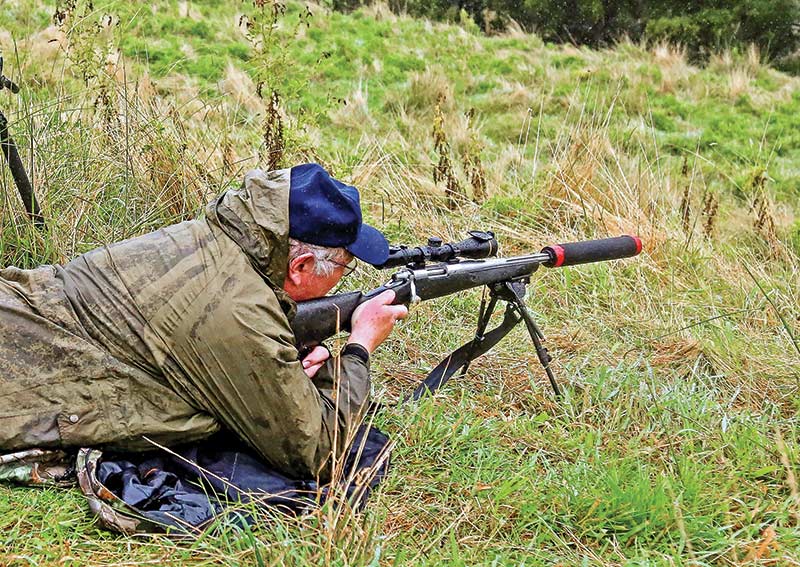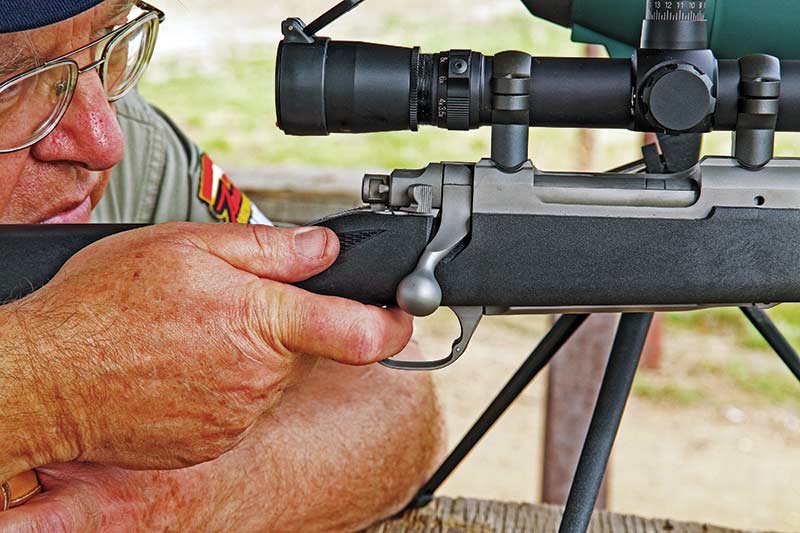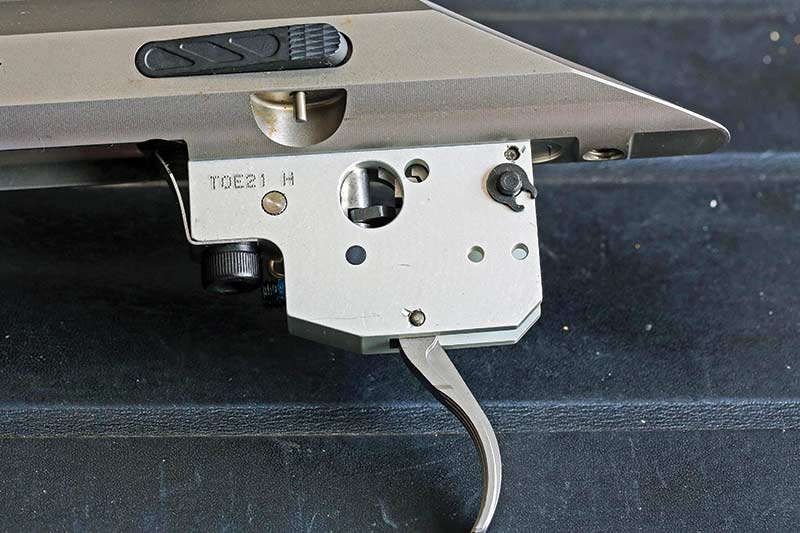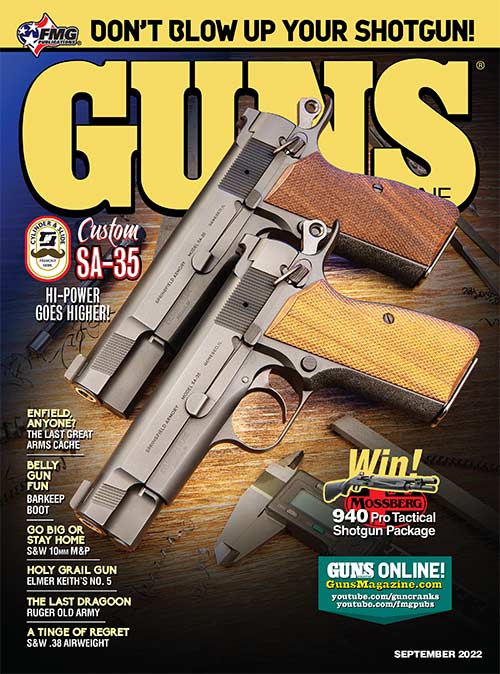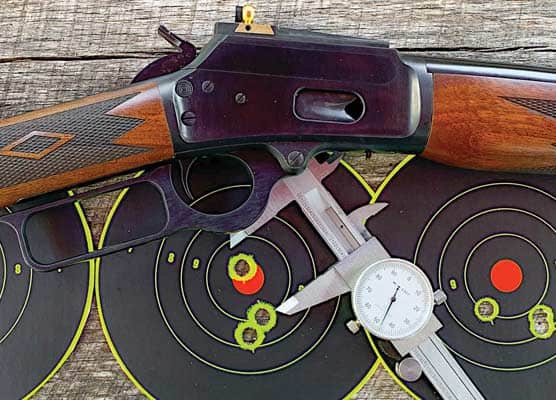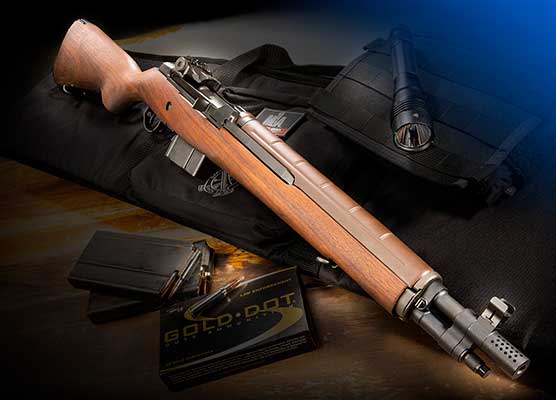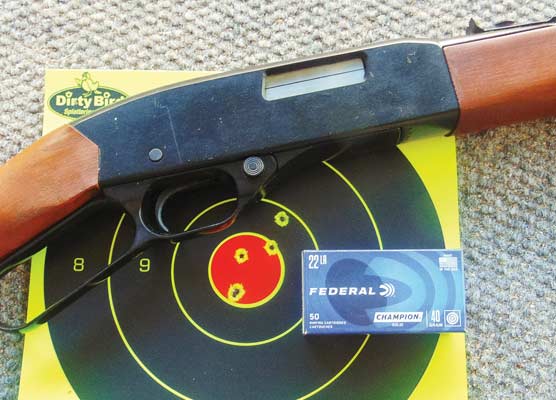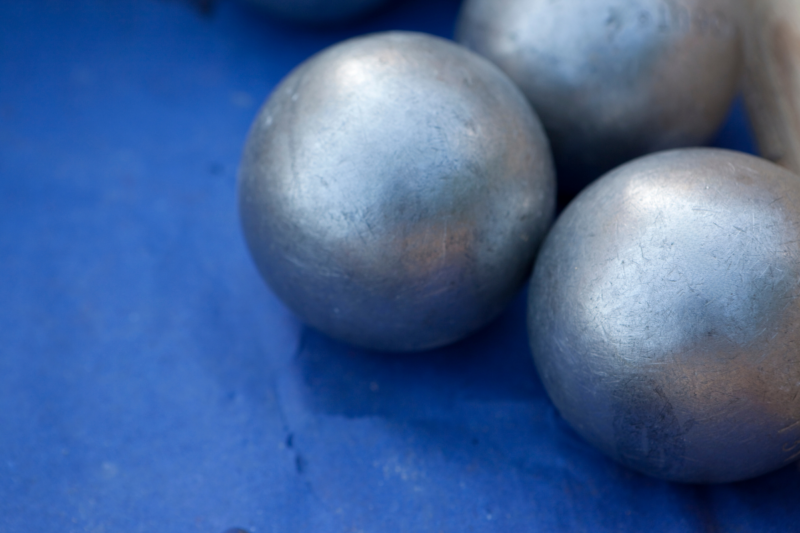Trigger Control
Simple In Theory — Difficult In Practice
Acquiring “good enough” skill with a rifle, at least adequate for big-game hunting at moderate ranges, is actually not terribly hard. Most game animals are shot at ranges under 200 yards, often considerably less, and generally from some sort of rest. It used to surprise me to find many rifle owners, even those knowledgeable and enthusiastic, had little interest in shooting.
For those who do want to be good rifle shots, learning trigger management is essential. Trigger control is the essence of good shooting, the single most important factor. Good trigger management covers a multitude of sins. Don’t misunderstand, proper form and consistency matter. At the highest levels of shooting, competitors train so every aspect of stance, hold, grip and even breathing are as close to exactly the same as humanly possible for every shot. Yet, none of this matters if the last thing the shooter does is yank the trigger.
Shooting 101
What is good trigger management? It means pressing the trigger straight back, at constantly increasing speed, without imparting movement to the firearm. Simple enough, but making good trigger control a dependable subconscious skill takes thousands of quality repetitions.
Factory rifle trigger pulls have improved dramatically over the past couple of decades. The 1960s and much of the ’70s were actually kind of depressing years for rifle enthusiasts. An era of manufacturing based on skilled hand labor and relatively simple machine tools was coming to an end, as skilled labor became less common and therefore expensive. The marvelous, extremely precise computer-controlled machine tools we have today didn’t yet exist.
Many of we who lived through the era were left permanently scarred. We were certain quality control was a thing of the past and would only get worse. We’re easily identified because we say “pre” all the time; pre-war, pre-’64, pre-1950, pre-lock, pre-number. Everything used to be better, at least so it seemed at the time.
Trigger quality suffered worst of all, partly I suppose because of the growth of consumer litigation and manufacturers’ fear of lawsuits. From a risk avoidance point of view it made sense to make triggers non-adjustable, with plenty of sear engagement and a 6- or 7-lb. weight of pull. The average once-a-year hunter tolerated such pulls as just the way things are. Those who actually shot a lot simply factored in the cost of a trigger job or replacement trigger.
Rifle quality improved, slowly at first, then more quickly as manufacturers began adopting modern techniques such as computer-assisted design and computer-assisted manufacturing. Improvement in trigger quality seemed to come slowly, at least with the bigger American gunmakers. Some European imports and smaller American makers — Dakota Arms and Kimber come to mind — had decent triggers but were expensive and not widely distributed.
The Shot Heard ’Round The Shooting World
In a just world, the name Ron Coburn would be as famous and revered in the firearms world as names such as Bill Ruger and Sam Colt. Coburn took over leadership of a nearly bankrupt Savage corporation and turned it into an industry giant. Coburn’s genius was in leading and inspiring creative people to design products people wanted, at a price they could afford. Early in the 21st century he challenged his staff to design a trigger with a quality pull, crisp, reasonably light, adjustable, affordable and safe. The result was the Accu-Trigger, which became standard on Savage factory rifles around 2002–2003. Other manufacturers redesigned their triggers so quality pulls were available to every rifle buyer, not just the wealthy and enthusiastic. I think shooters today are fortunate to have rifles with decent triggers widely available at reasonable prices, providing a headstart in learning good habits.
The old saying “practice makes perfect” isn’t always so. Practice makes permanent. The neural paths controlling the muscles don’t judge. They develop through repetition and will learn bad habits as thoroughly as good ones. Over the years, my views have evolved. I’m not as dogmatic about form and style as I once was, but there are basic elements I think are important. One is to have the trigger finger placed squarely across the trigger face so the pressure is straight back, in line with the axis of the bore. I’ve become more conscious of avoiding any side pressure on the trigger.
I like to have the trigger finger more or less in line with the bore, not angled diagonally as seems to happen with many pistol grip shapes. I keep the thumb of the shooting hand on the right side of the stock rather than wrapped around the pistol grip. This allows a lower grip so the trigger finger doesn’t have to be on a diagonal angle.
It also encourages a light touch with the shooting hand. I find a light touch is more consistent, less prone to “steering” the gun or applying side pressure, plus it allows the trigger finger to move independently. Years ago I thought differently and who knows, I may think differently in the future. But today this is what feels right and more importantly, performs right for me.
